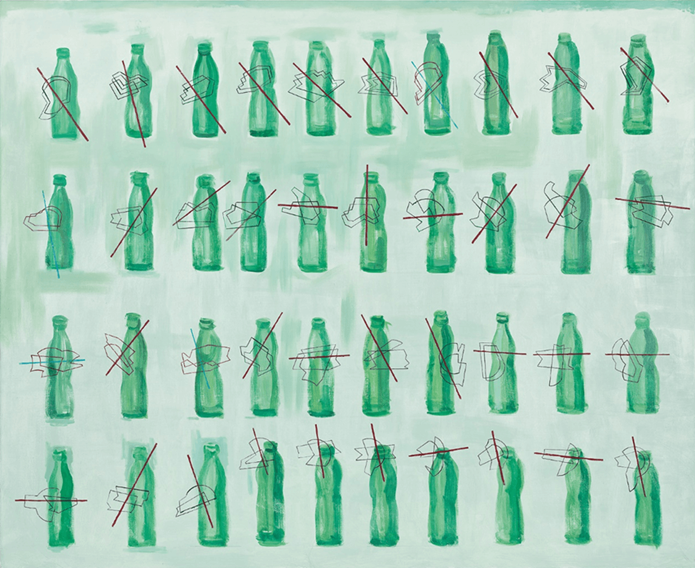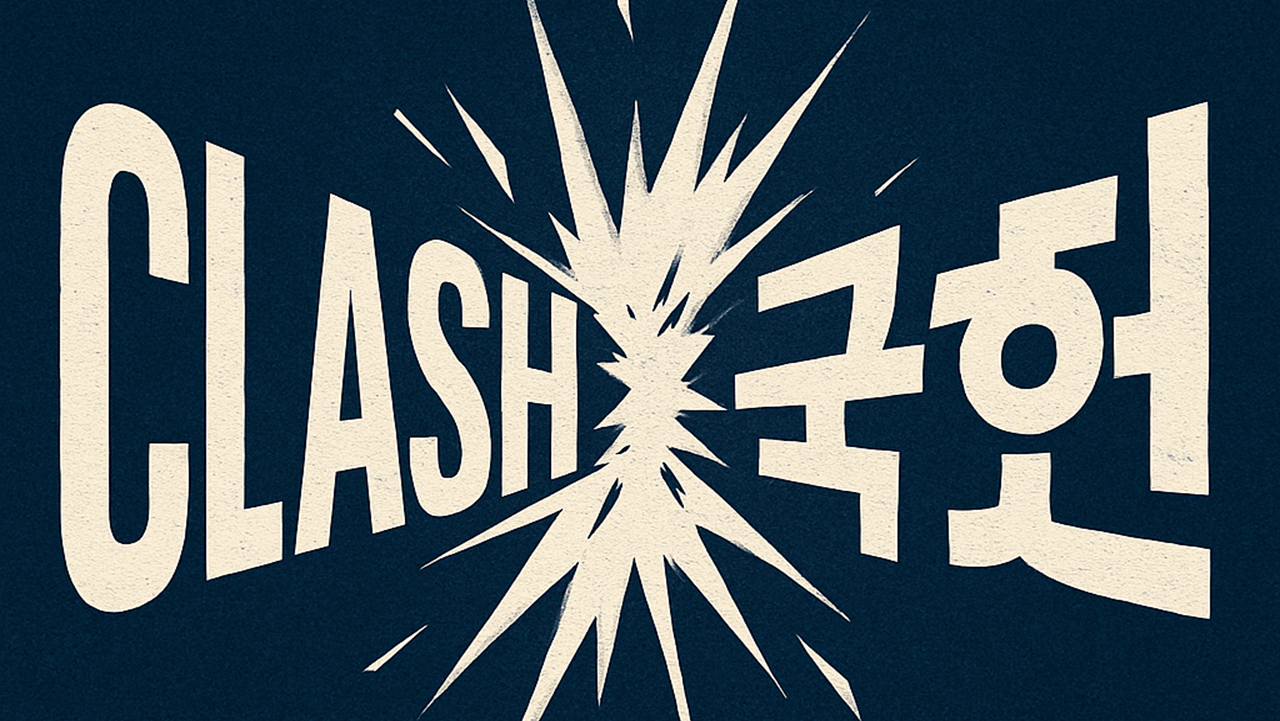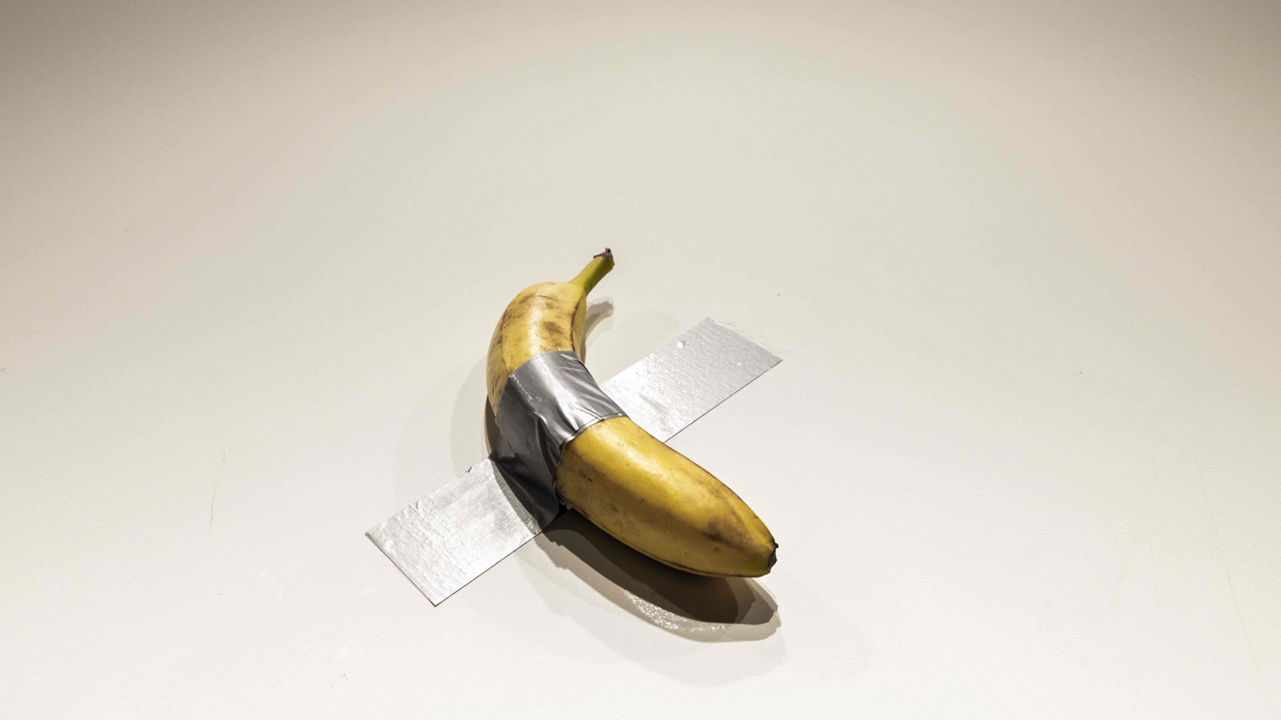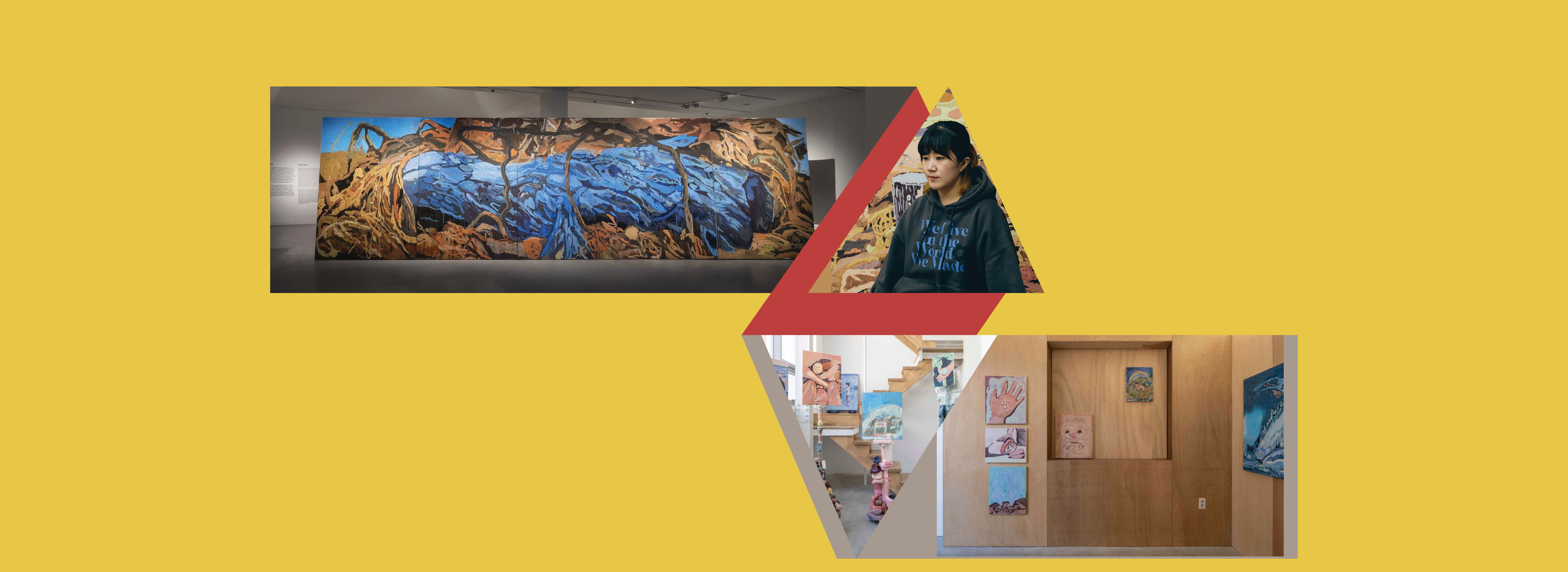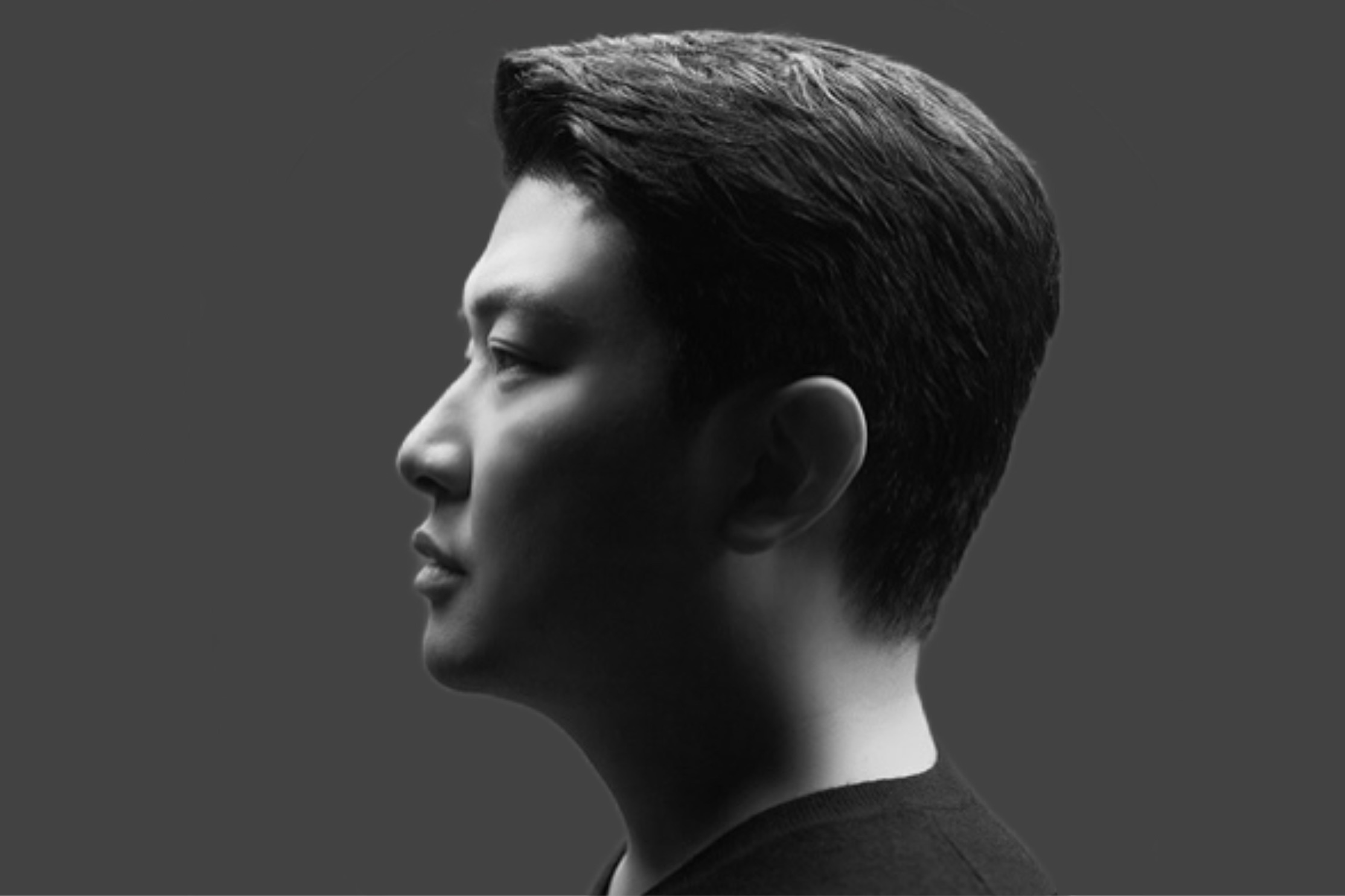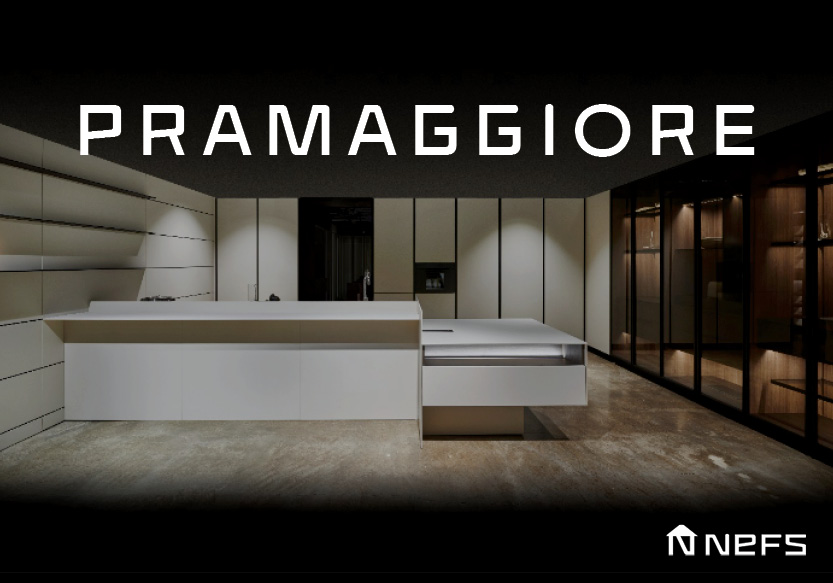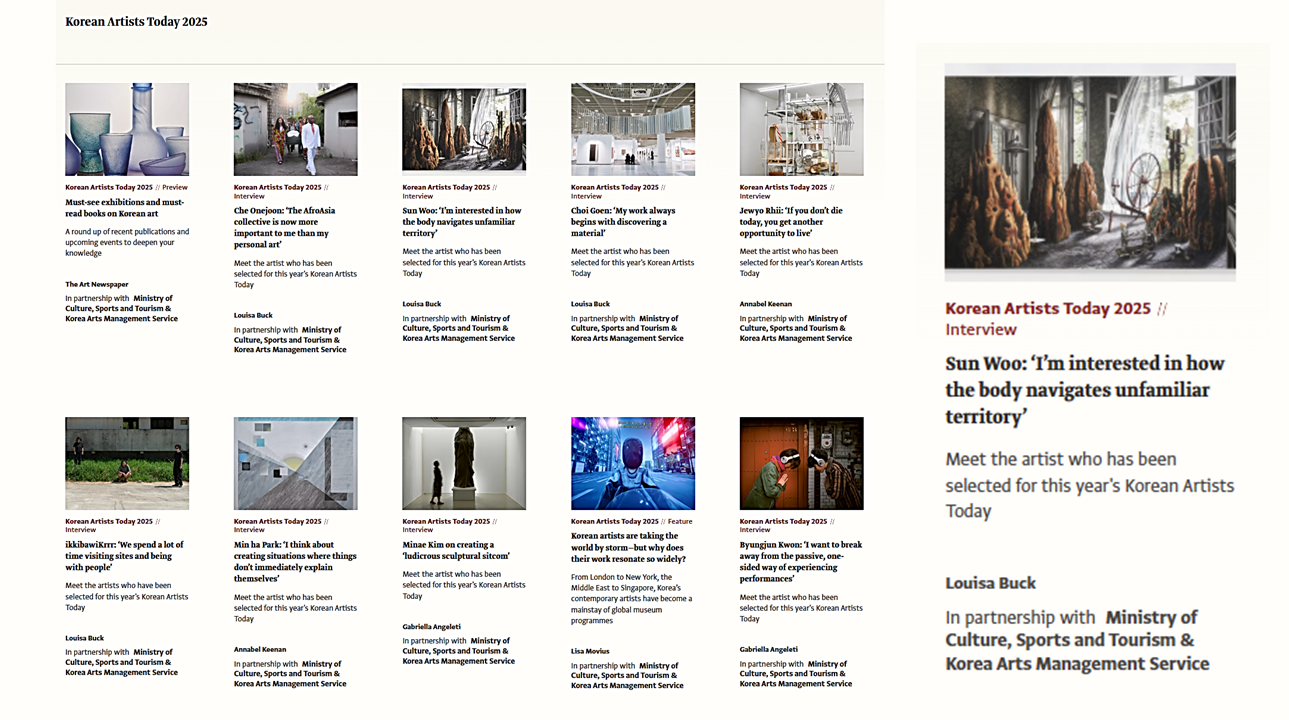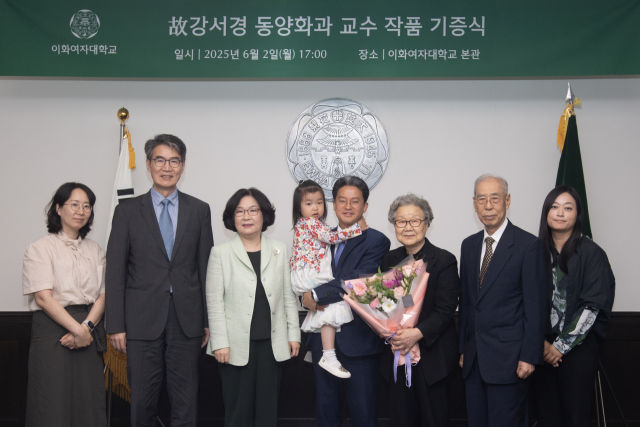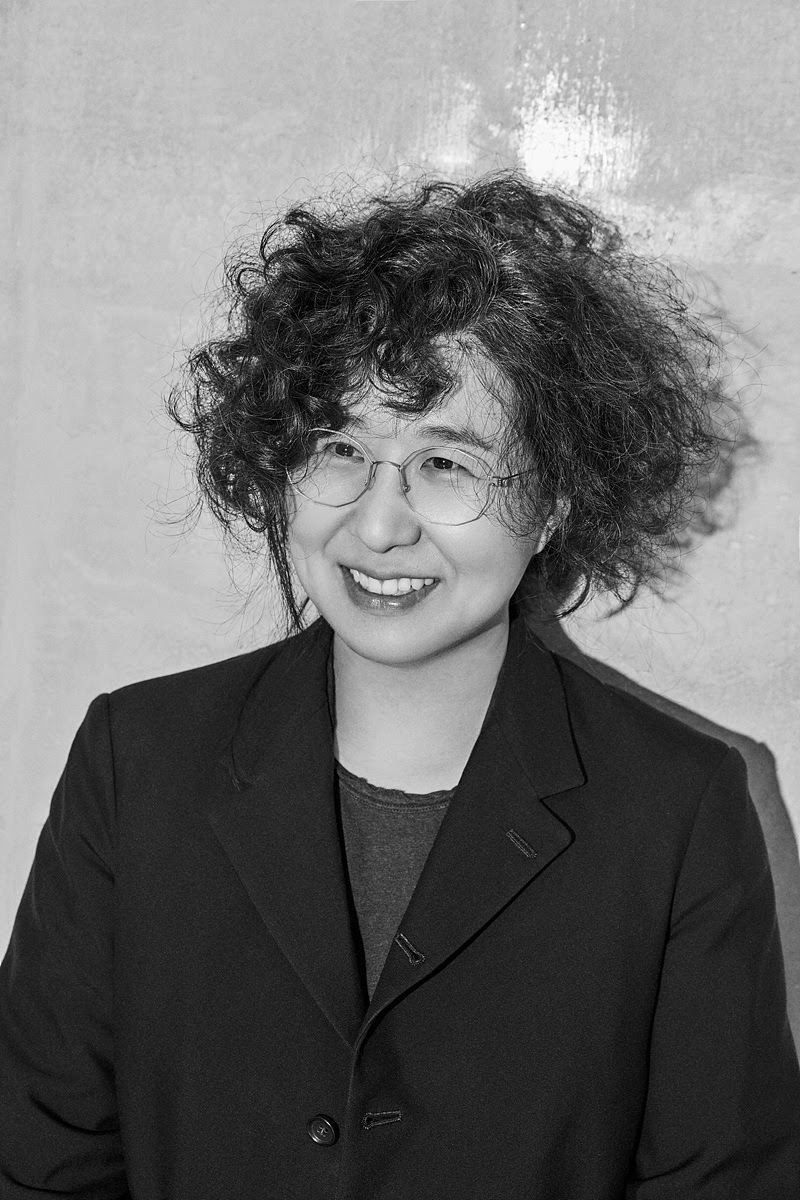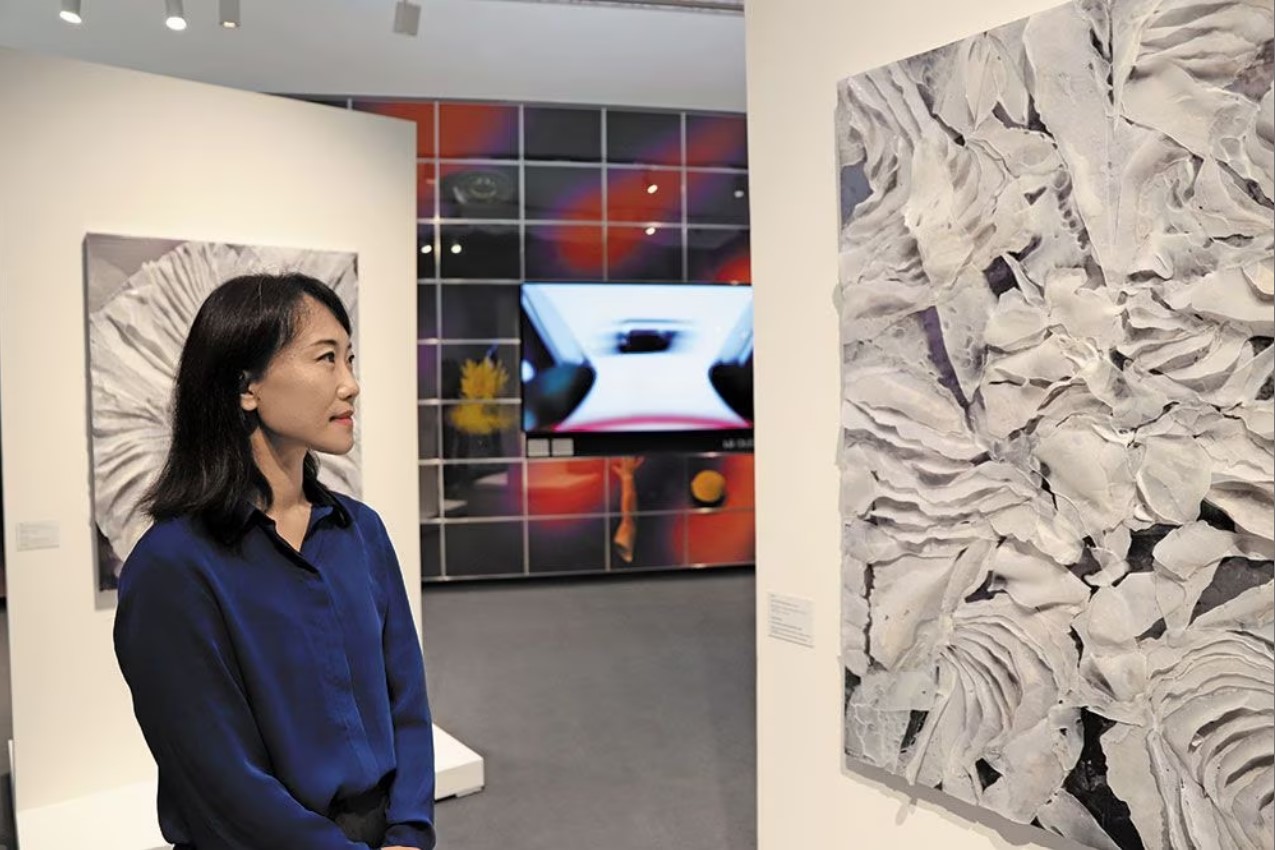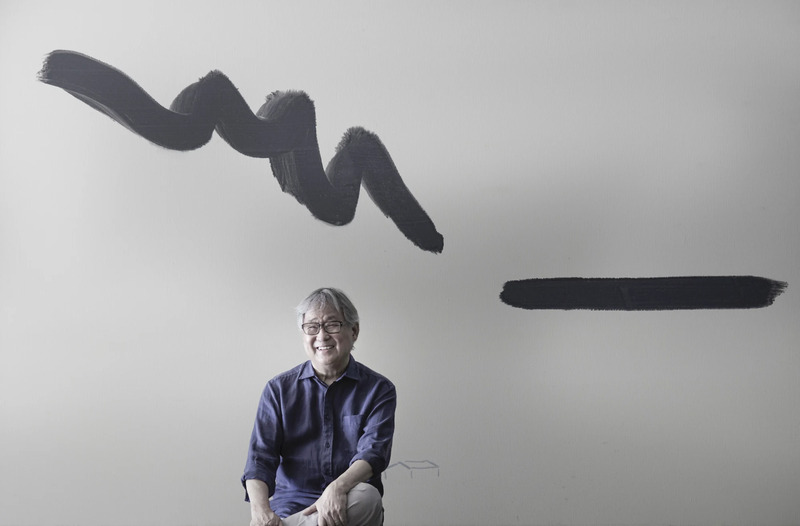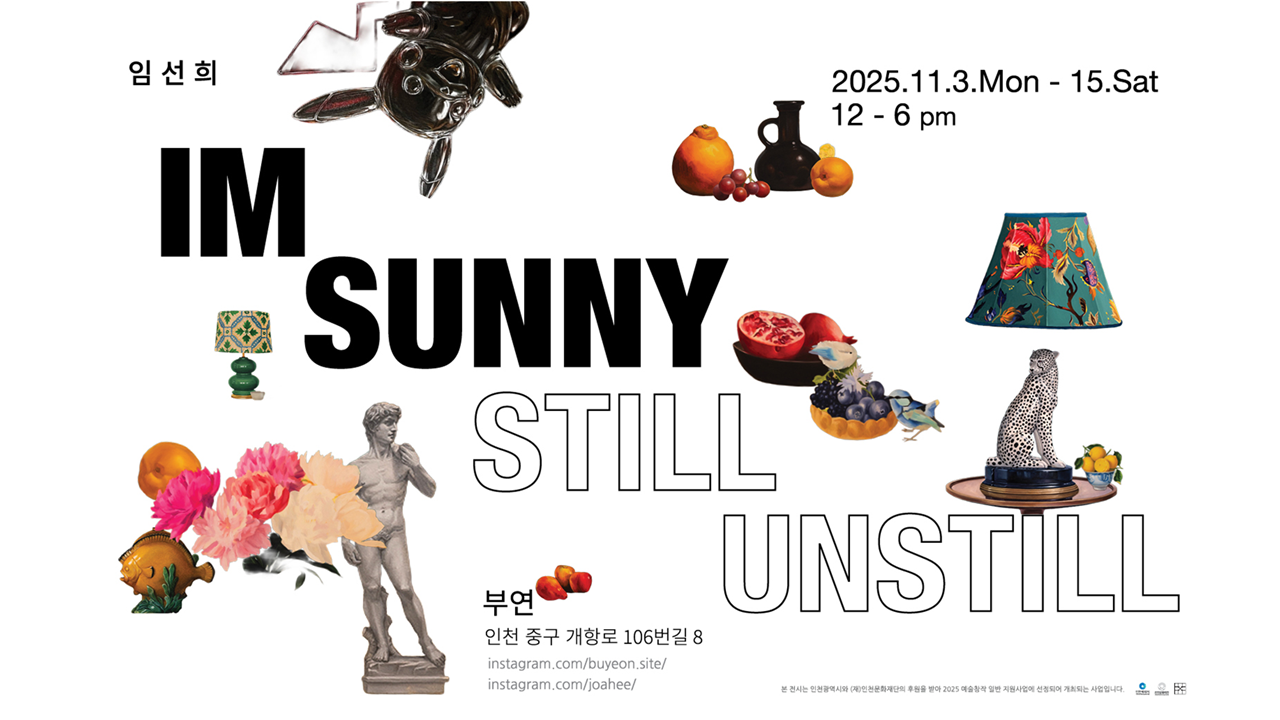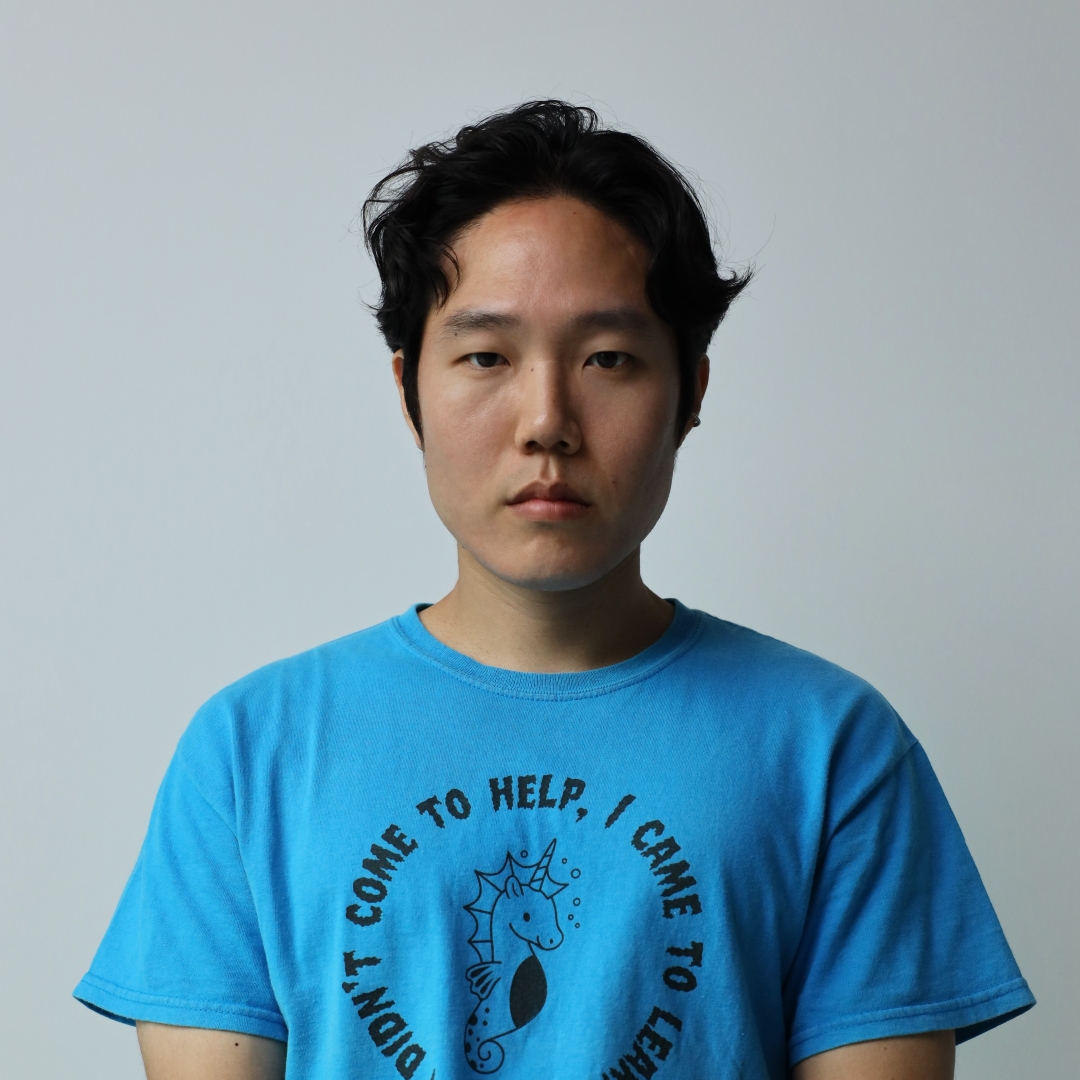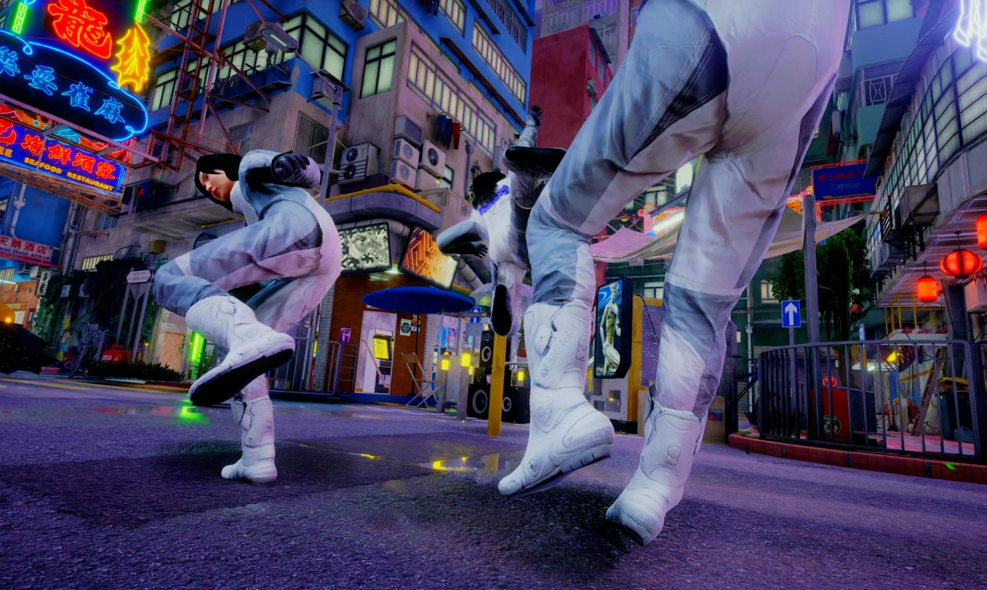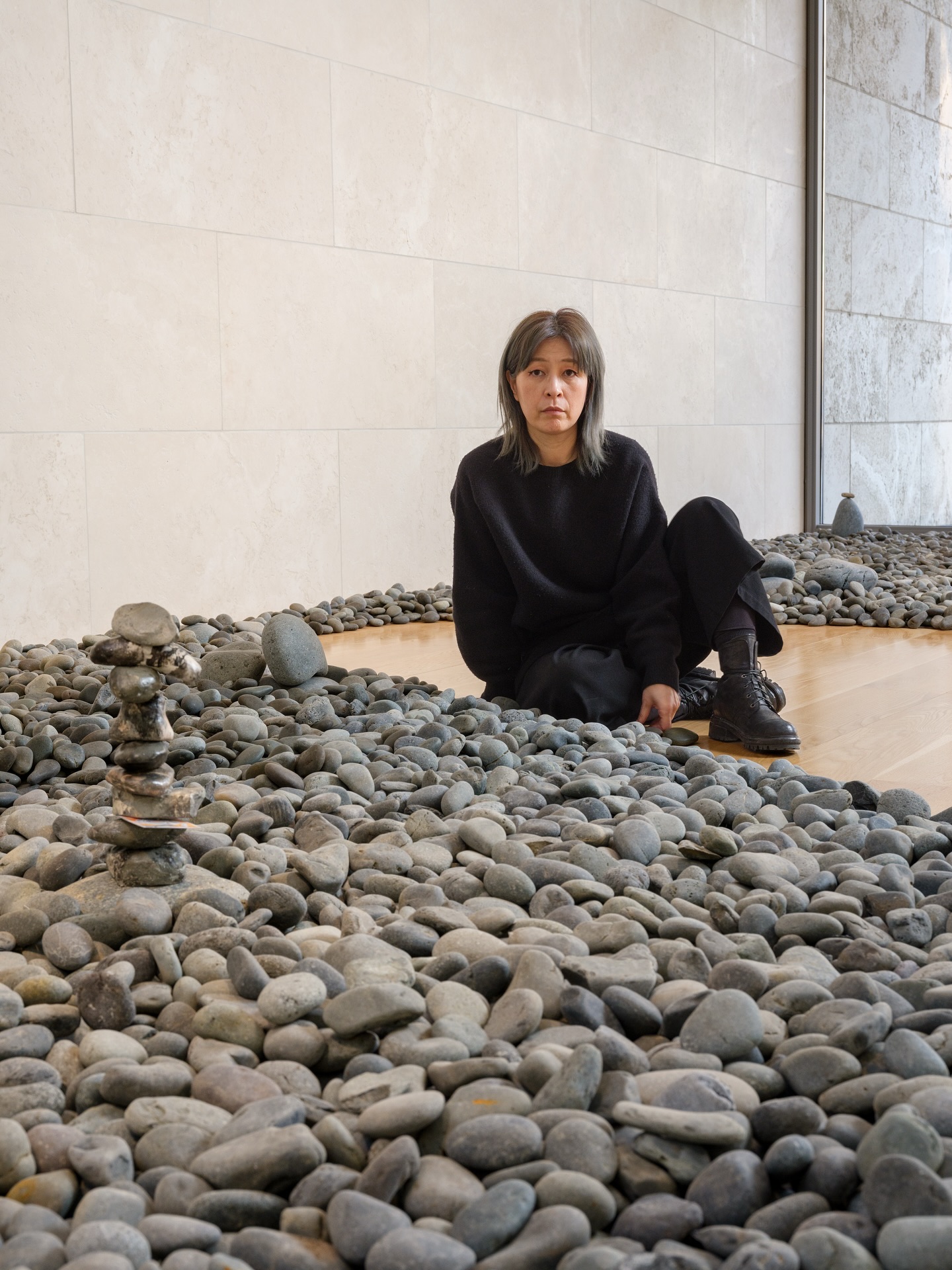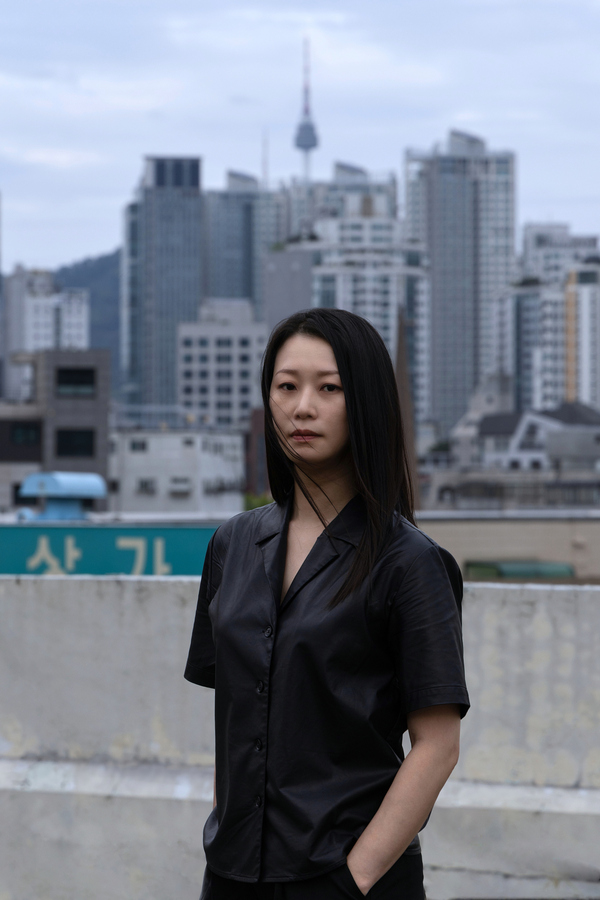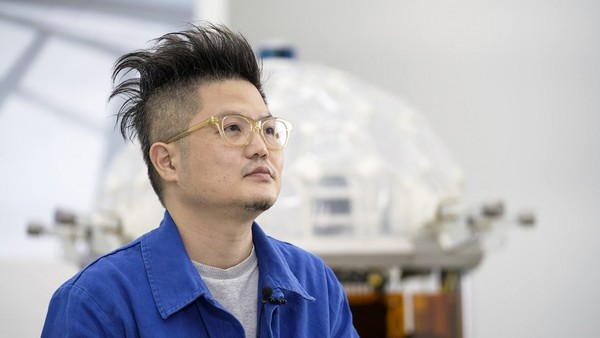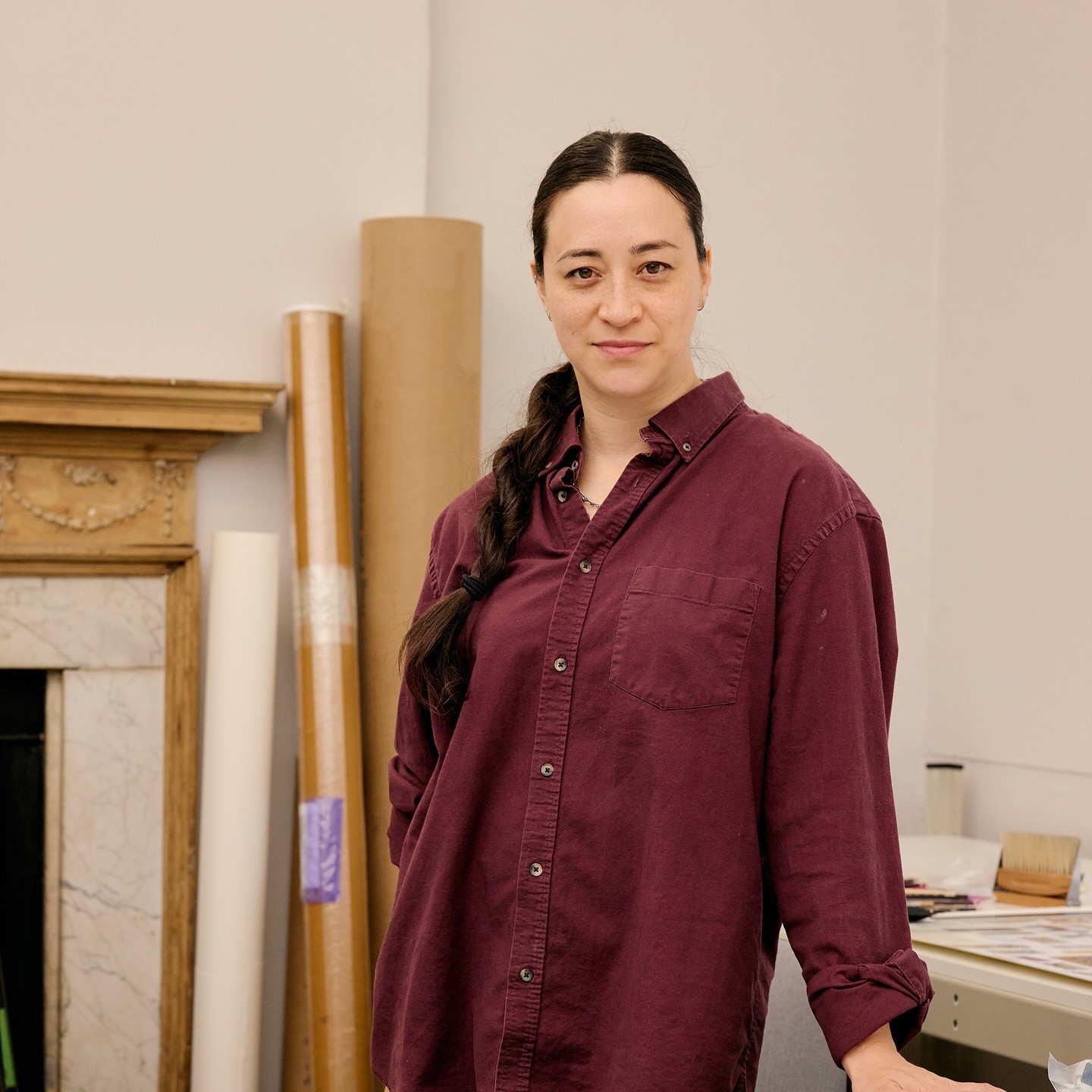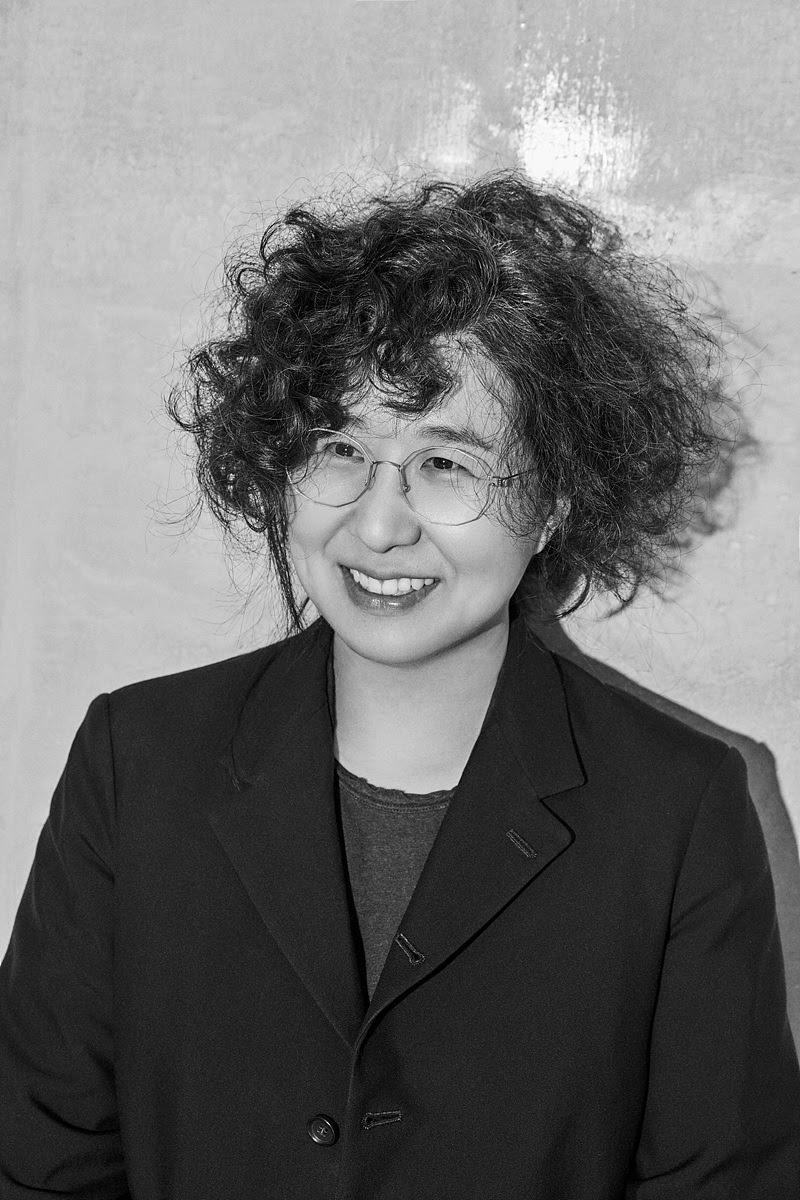
Suki Seokyeong Kang (1977-2025) ©Kukje Gallery. Photo: Young Hoon Kim.
Suki Seokyeong Kang, a leading figure in Korean contemporary art, died at the age of 48
Throughout
her career, Kang explored the expanded possibilities of painting while seeking
to reconstruct new spatial and temporal dimensions by bringing tradition into
the present. Over more than two decades of artistic practice, she consistently
contemplated the space granted to individuals within society, the existence of
others living alongside oneself, and the ways in which their movements are
perceived and interconnected, a vision she called the "True-View Landscape
(眞景)."
To
realize this vision, Kang reinterpreted narrative elements drawn from her own
body and personal history, as well as various traditional Korean concepts and
methodologies, weaving them into a unique visual language that left a
significant mark on contemporary Korean art.
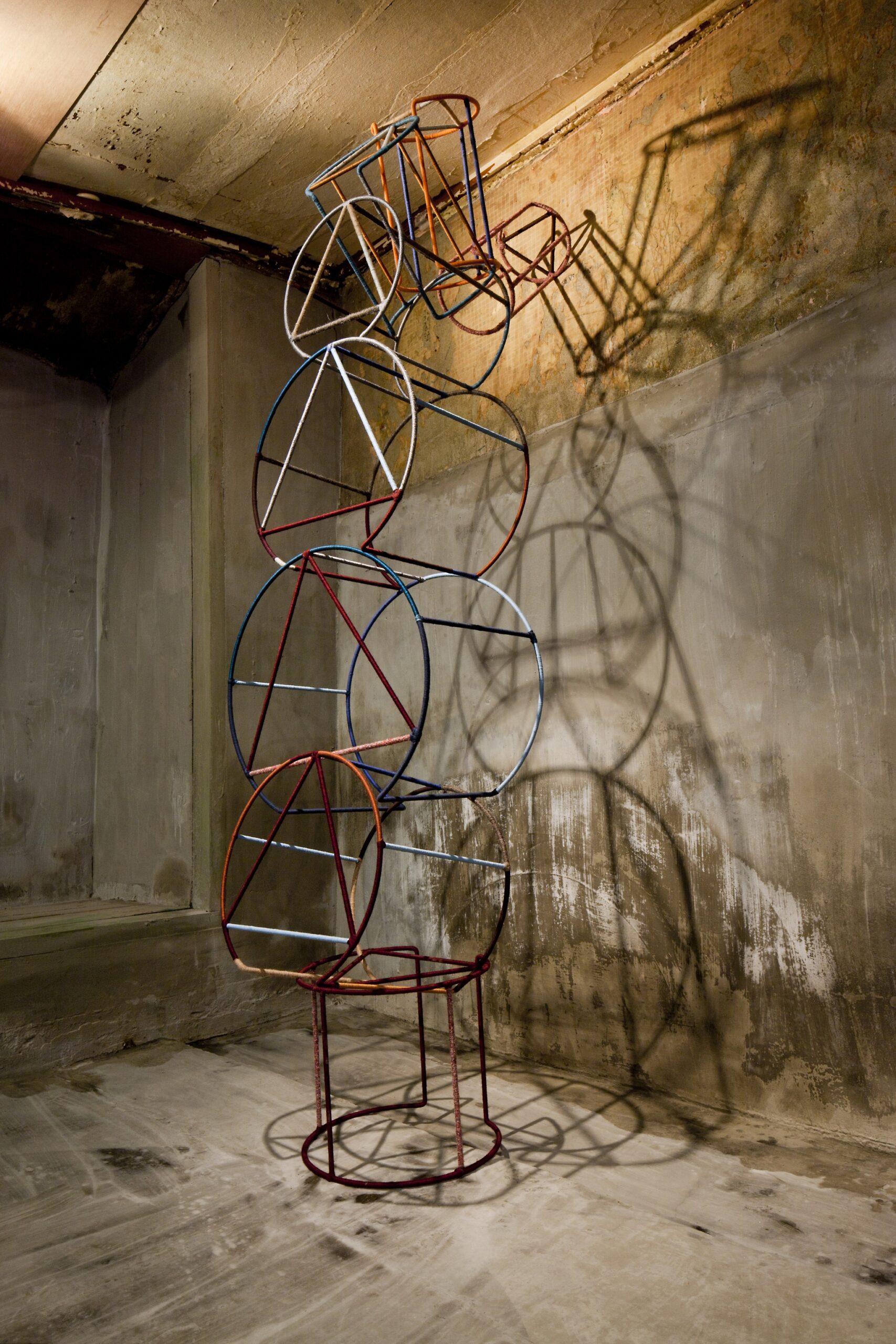 Suki Seokyeong Kang,
Grandmother Tower #01, 2011-2013, Thread on Reproduced found
industrial dish carrier, 210x80x80cm. ©Suki Seokyeong Kang
Suki Seokyeong Kang,
Grandmother Tower #01, 2011-2013, Thread on Reproduced found
industrial dish carrier, 210x80x80cm. ©Suki Seokyeong Kang
Remembering
the late artist, her family said, "In a chaotic and turbulent world, Suki
Seokyeong Kang sought to uphold the essential 'Asian values' with a clear
spirit, transforming them into art to share with many."
They
especially highlighted her representative work Grandmother Tower,
created in memory of her grandmother, saying, "It delicately embodies the
traditions and communal values we must not forget and stands as a symbol of
Kang’s artistic world."
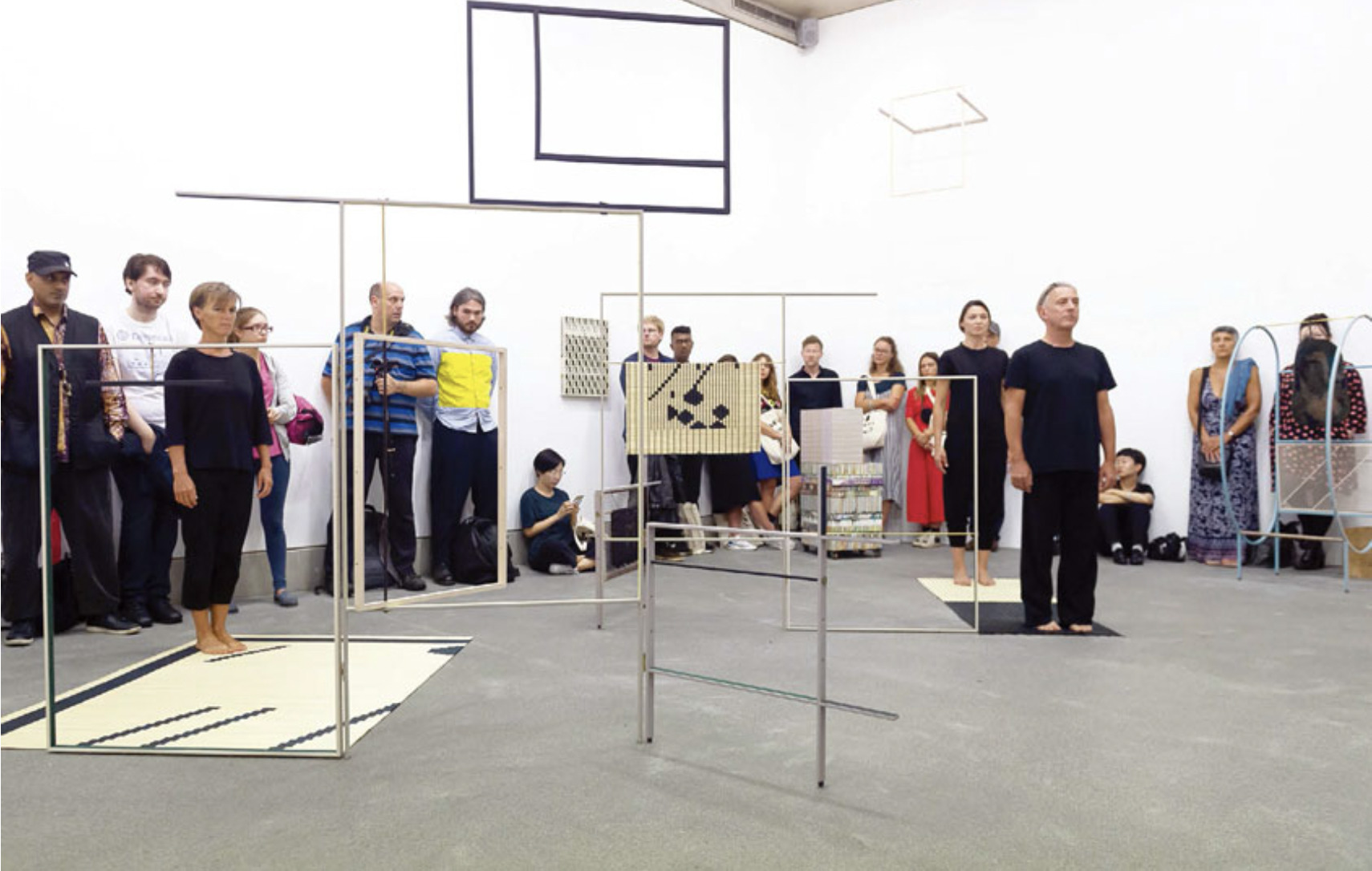 Suki Seokyeong Kang, Land
Sand Strand, 2018, Activation view of 《Liverpool Biennale》 (2018) ©Suki Seokyeong Kang. Photo: Rob Battersby.
Suki Seokyeong Kang, Land
Sand Strand, 2018, Activation view of 《Liverpool Biennale》 (2018) ©Suki Seokyeong Kang. Photo: Rob Battersby.
Other
notable works that embody Kang’s core concepts include Jeong 井, which references the symbols of Jeongganbo (井間譜), a form of measured notation invented by King Sejong
during the Joseon Dynasty, and adopts square and grid-like forms; Mora,
inspired by the linguistic term referring to a unit smaller than a syllable,
reinterpreted by Kang as the basic unit of painting that accumulates narratives
over time; and Mat, a series drawn from the Hwaseon-mat — a
floral-patterned straw mat used to mark the dancing space in Chunaeng-mu
(春鶯舞), a solo royal court dance of the Joseon
era.
In
addition to her ongoing exploration of the relationship between society and the
individual through works such as Grandmother Tower, Narrow
Meadow, and Rove and Round, Kang had, in recent
years, expanded her practice by experimenting with new sculptural installations
in varied forms. These included series such as Mountain, Ears,
Hours, Column, and Floor,
reflecting her continuous pursuit of innovative modes of expression.
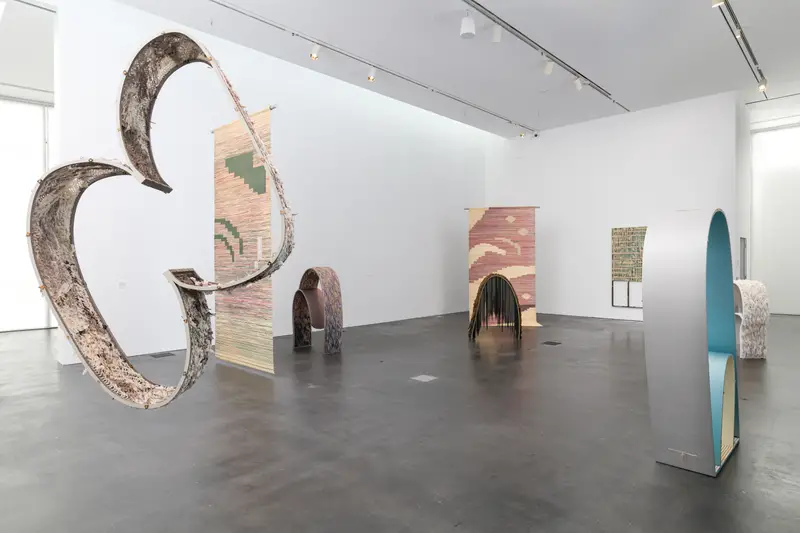 Installation view of 《Suki
Seokyeong Kang: Mountain—Hour—Face》 (Museum of
Contemporary Art Denver, 2025) ©Museum of Contemporary Art Denver. Photo: Wes
Magyar.
Installation view of 《Suki
Seokyeong Kang: Mountain—Hour—Face》 (Museum of
Contemporary Art Denver, 2025) ©Museum of Contemporary Art Denver. Photo: Wes
Magyar.
Suki
Seokyeong Kang graduated from the Department of Oriental Painting and the
Graduate School of Fine Arts at Ewha Womans University, and went on to earn her
Master’s degree in Painting from the Royal College of Art in the United
Kingdom, as well as a Doctorate from the Department of Oriental Painting at
Ewha Womans University. She later served as a professor in the same department,
dedicating herself to nurturing a new generation of artists.
Her
major solo exhibitions included 《Suki Seokyeong
Kang: Mountain—Hour—Face》 (Museum of Contemporary Art
Denver, 2025), 《MARCH》 (Kukje
Gallery, Seoul, 2024), 《Suki Seokyeong Kang: Willow
Drum Oriole》 (Leeum Museum of Art, Seoul, 2023), 《Square See Triangle》 (Buk-Seoul Museum of
Art, 2019), 《Suki Seokyeong Kang》 (MUDAM, Luxembourg City, 2019), and 《Black
Mat Oriole》 (ICA Philadelphia, 2018), among others.
 Installation view of 《Suki
Seokyeong Kang: Willow Drum Oriole》 (Leeum Museum of
Art, 2023) ©Suki Seokyeong Kang
Installation view of 《Suki
Seokyeong Kang: Willow Drum Oriole》 (Leeum Museum of
Art, 2023) ©Suki Seokyeong Kang
Additionally,
she has participated in major group exhibitions at renowned institutions both
domestically and internationally, including 《The Shape of Time: Korean Art after 1989》
(Minneapolis Institute of Art, 2024), 《The Shape of
Time: Korean Art after 1989》 (Philadelphia Museum of
Art, 2023), 《Scoring Words》
(Seoul Museum of Art, 2022), 《Dependent Objects》 (Museum of Contemporary Art Chicago, 2021), 《25 Years of the Mudam Collection》 (MUDAM, Luxembourg
City, 2020), and 《As the Moon waxes and wanes》 (National Museum of Modern and Contemporary Art, Gwacheon, 2016).
In
addition, the artist participated in the 58th Venice Biennale (2019), the 12th
Shanghai Biennale (2018), the 10th Liverpool Biennale (2018), and the 11th and
12th Gwangju Biennales (2016, 2018), among other international biennales.
Kang
received the Baloise Art Prize at Art Basel in 2018 and the Excellence Award at
the 13th SONGEUN Art Award in 2013. In 2012, she was selected as a participant
in the Bloomberg New Contemporaries.



